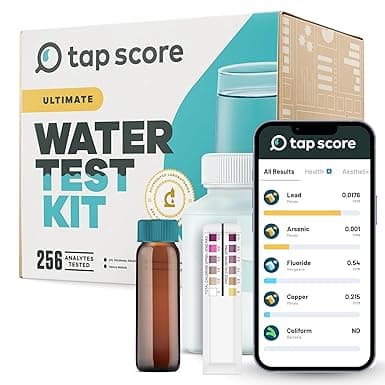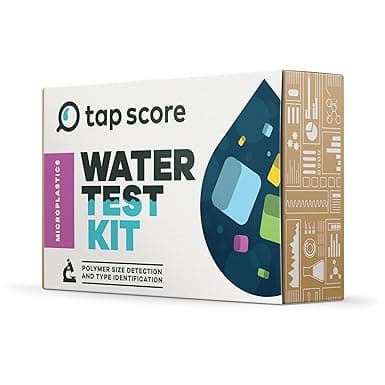Manganese
Transition metal commonly found at low levels in soil, air, and water and in food as an essential nutrient
EPA MCLG Level
0.1 ppb
Maximum level that poses minimal health risk based on the latest science
Health Effects
Manganese is an essential nutrient at low doses, however a number of reports indicate chronic exposure to high concentrations of manganese has been associated with toxicity to the nervous system. Children and infants, in particular, are at risk if exposed to high levels of manganese in tap water as it can lead to both developmental and neurological effects.
Affected Organs & Systems:
Common Sources
- Naturally occurring and found at low levels in soil, water, air, and food
- Released into both surface and groundwater through the erosion of rocks and soils, pollution from mining and industrial activities, and leaching from landfills and discarded human-made materials (e.g. dry-cell batteries)
How to Remove It
Water filters certified under the following NSF standards are effective at removing Manganese:
EPA MCLG Level
The EPA MCLG represents the maximum level that poses minimal health risk based on the latest scientific research. It's often more protective than federal legal limits.
Contaminant Type
Manganese is classified as a Metals contaminant.
This contaminant primarily affects the nervous-system, developmental.
Check Your Water
Find out if Manganese is in your tap water.
Search Your CityTest Your Water for This Contaminant
Public water reports may not test frequently enough or at your specific tap. Professional home testing provides current, location-specific results.

SimpleLab
Standard Home Water Test
$232
Comprehensive water analysis testing over 200 contaminants including bacteria, heavy metals, and chemical compounds.

SimpleLab
Advanced Home Water Test
$369
Most comprehensive home water test including all standard tests plus additional parameters for ultimate peace of mind.

Tap Score
Advanced Microplastics Test
$636
Cutting-edge testing for microplastics particles in drinking water using advanced laboratory techniques.